The Vivo Xplay 3S is the phone to really usher in the next generation of premium smartphones. With a 2K display, LTE and powerful processor the Xplay 3S is the phone other manufacturers hope to beat!
Vivo Xplay 3S review
We are still waiting to receive our Vivo Xplay 3S review sample, so to keep everyone in the loop we have decided to sit down for a few hours and translate a review from Chinese tech site QQ Tech.
The opinions and views expressed have been translated as best as we can and do not represent our view of the Xplay 3S.
Vivo Xplay 3S - Design
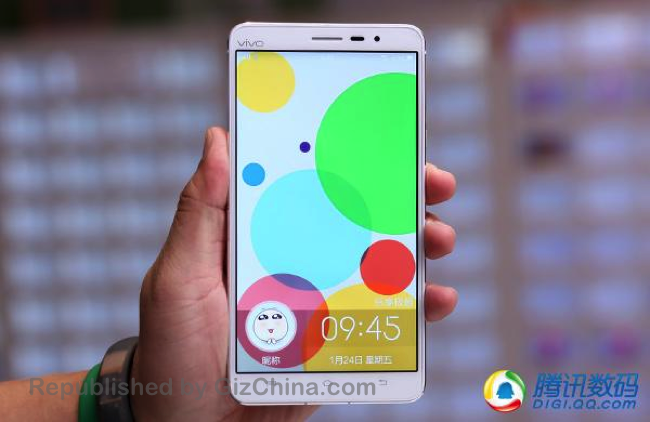
The Vivo Xplay 3S can never be described as tall, but it is the most compact 6-inch smartphone on the market today. With a few choice design tweaks, Vivo have managed to create a phablet which is easy on the eyes and just about manageable when using one-handed. Ultrathin bezels keep the width of the phone to a minimum, while built-in battery and lack of physical buttons on the face help to keep the thickness down to just 172g. If you have handled an Oppo N1 you will also be impressed with the weight of the Xplay 3S as it weights just 172g.
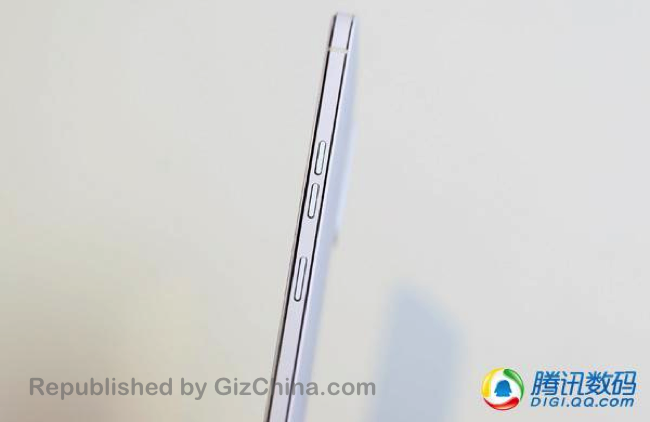
Vivo have taken time and consideration in to producing a great looking flagship phone. Looking down the right side we can see two metal bands which encircle the phone and sandwich the different controls and, SIM trays and plugs.
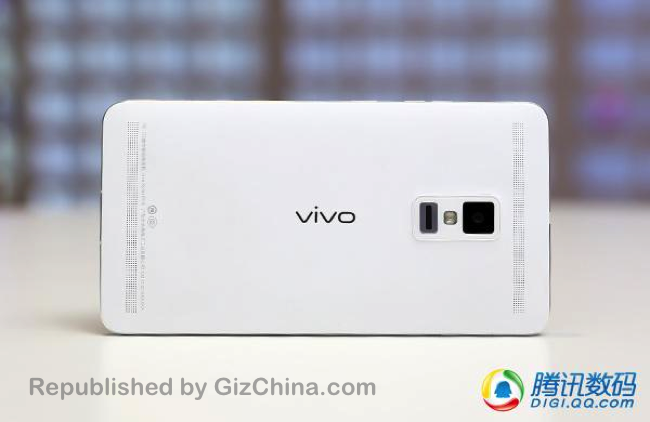
To the rear the shell if has a nice curved profile to it and it covered in an anti slip coating. The Vivo logo sits in the middle of the body above it a fingerprint scanner, used for security conscious users, LED flash and rear main camera.
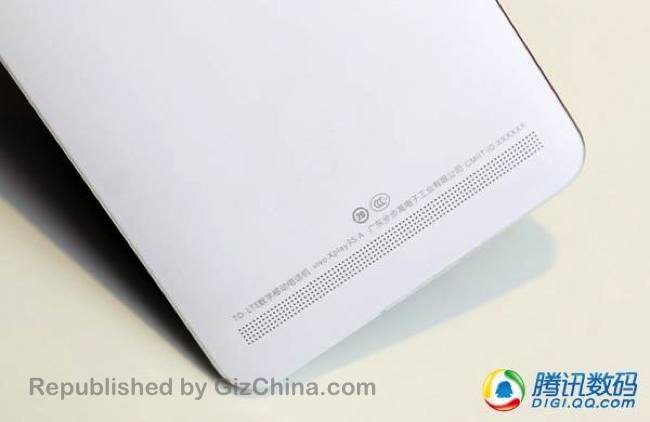
What really stands out on the rear are the dual external speakers, one located across the top above the camera and the other along the bottom of the phone. Dual-speakers offer great audio playback quality which is something which Vivo pride themselves on all of their smartphones. Also of note are the markings on the rear which designate this version of the Vivo Xplay 3S as a TD-LTE model, compatible with China Mobile’s 4G LTE network.
Vivo Xplay 3S - Display

Undoubtedly, it is the 6-inch display on the Vivo Xplay 3S which most potential buyers will be most excited about. Vivo launched the Xplay 3S as the world’s first smartphone with 2K display, meaning an ultra-high resolution of 2560 x 1440. With this resolution and measuring 6-inch the Vivo Xplay 3S has a pixel density of 490ppi, one of the highest on the market until Oppo released the 5.5-inch 2K Oppo Find 7.
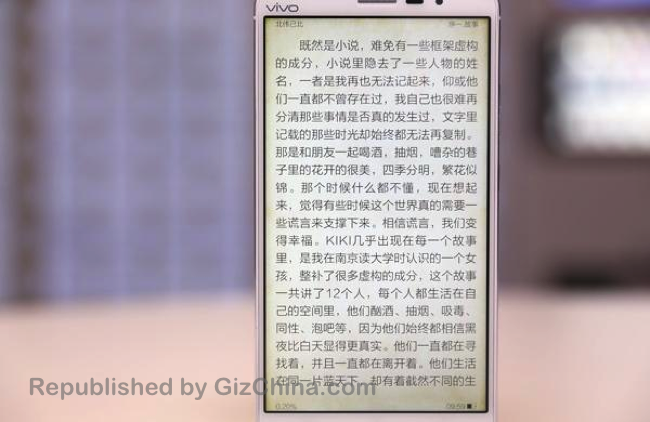
The display is stunning offering sharp text, amazing clear and detailed images and makes for a pleasing and comfortable viewing experience. With such a high-resolution the Xplay 3S is especially good at displaying text, which looks as though it is jumping of the screen! Obviously looking at these photos don’t do the display any justice so the next time you have a look at a retina display Macbook Pro (13 inch) imagine what it would be like if all those pixels were crammed in to a screen measuring just 6-inch!
Viewing video on the Vivo Xplay 3S the display doesn’t really offer much of an advantage over a 720 or 1080 phone. Obviously this is due to current video resolutions and not an issue with a display itself. For example viewing online video on the Xplay 3S looks just as good as a 1080 phone due to the max resolution being 1080. Only when video streaming services catch up will a difference be notable.
Vivo Xplay 3S - Hardware
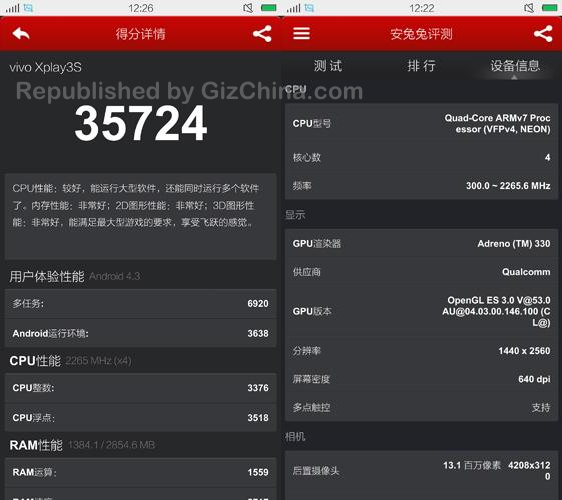
An Antutu score of 35724 should elevate any fears you might have of the Vivo Xplay 3S performance. This would be an amazing score on a phone equipped with a smaller, lower resolution display, so to see these number on a 2K phone the size of the Vivo is impressive.
Vivo have opted for the quad-core 2.3Ghz Snapdragon 800 (MSM8974AB) processor in the Xplay 3S, and to ensure all that power can be used, 3GB RAM has also been implemented. Mobile phone gamers will also appreciate the built-in Adreno 330 GPU which ensures even the most advanced 3G games are played smoothly on the 2560 x 1440 resolution display.
As for audio we have already covered the dual rear speakers, these are powered by an US made ESS ES9018 audio chip with a professional OPA2604 OP Amp ensuring high quality audio sound.
With all that power on tap and such a large, high-resolution display to power, the Vivo Xplay 3S does get a little warm in the middle of the body on the rear. It isn’t enough to be concerned about but the rise in temperature is notable after extending gaming.
Vivo Xplay 3S - Fingerprint scanner
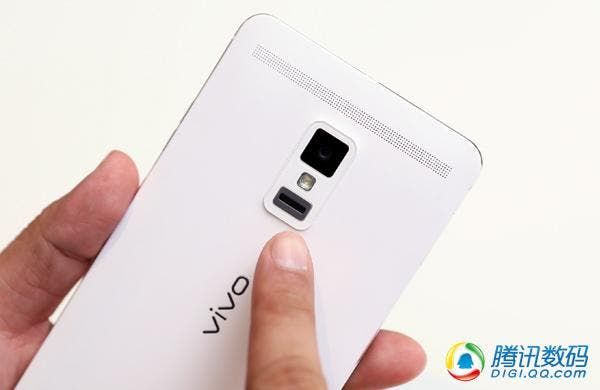
Vivo weren't the first smartphone maker to build in a fingerprint scanner, HTC, Apple and even Gionee beat them to it. The lens of the scanner is located below the LED flash on the rear of the phone just above the center. When holding one-handed it is possible to place your finger on the scanner to unlock the phone.
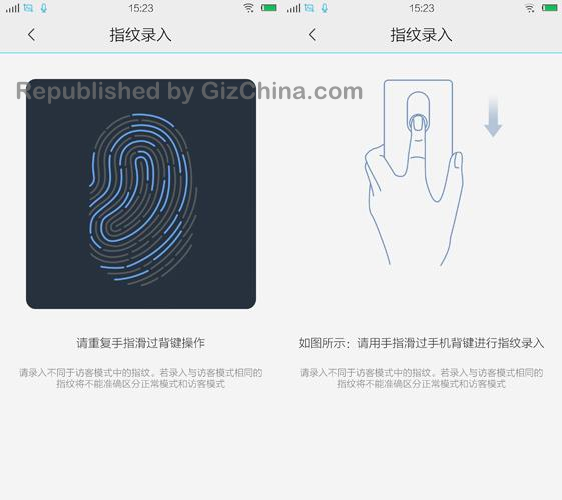
On the Xplay 3S you are needed to first wake the display up and choose the fingerprint unlock option (there is a passcode option implemented also incase of emergency). Once this has been done the phone quickly recognises your print and unlocks the phone. These additional steps do add a second or two to unlocking your device, but if privacy and security is your concern then it is well worth it.
Vivo Xplay 3S - Funtouch OS
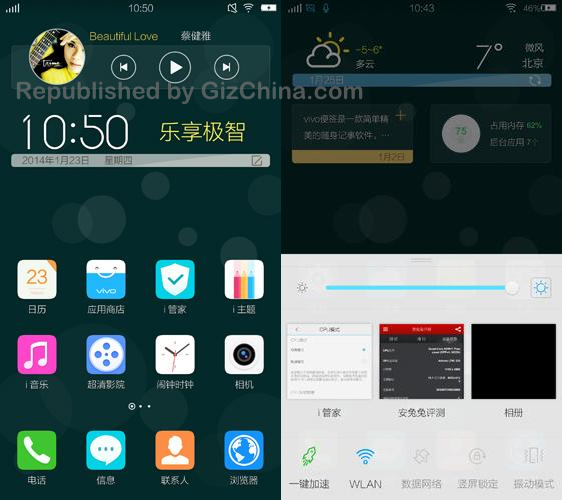
Just as Oppo are running their own Color OS on their phone, Vivo too have revamped their Android ROM which is now called Funtouch OS. Funtouch is baed on Android 4.3 and looks similar to the flat look of Flyme 3.0 on Meizu phones and even iOS on the iPhone 5S. Neat features included the notification and multitasking bar being together so you can control everything from a single swipe. The photo gallery places images in ‘albums’ which are then shown in chronological order.
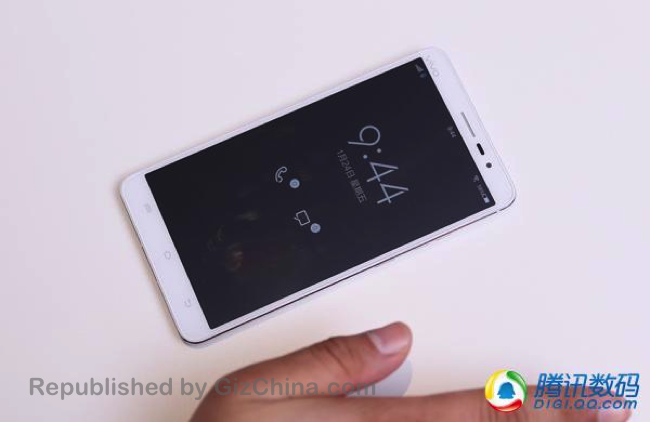
The Xplay 3S can also be controlled with a number of gesture controls similar to those found on ColorOS as well as a few off screen gestures inclined the all popular ‘wave’s wake up.
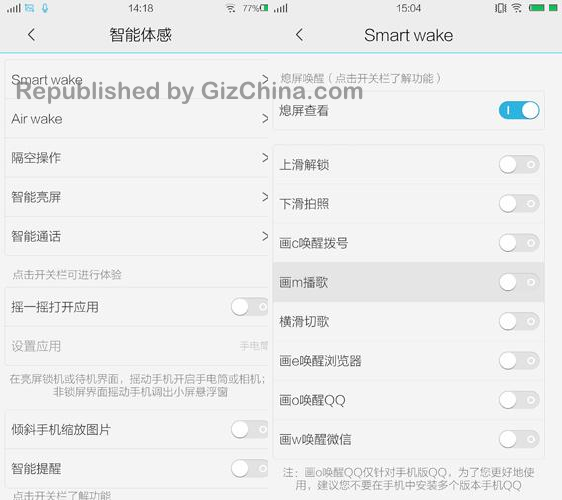
Anyone used to using a modern ROM like ColorOs or Flyme will have no issue when switching to Funtouch, and the gesture controls are simple to use, plus can be switched off if you like to interact with your phone the traditional way.
Vivo Xplay 3S - Camera
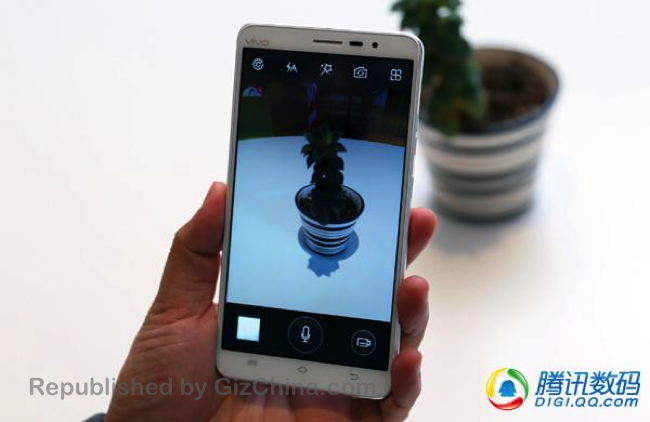
Another of the large selling points for the Vivo Xplay 3S is the rear 13 mega-pixel camera with f1.8 aperture and wide-angle 5 mega-pixel camera on the front. Many phone makers are not paying close attention to the camera hardware and the camera app running things, and Vivo have too added some nice manual features for budding photographers. As well as HDR, automatic adjustments an filters, the Xplay 3S also has manual controls for white balance, shutter speed, exposure etc.


For the selfie fans out there you might be interested in a feature on the front camera which allows you to add audio to your photos when taking them.
We don’t have the full size photo sample here, but from the original review the conclusion was that the main camera was very good in normal lighting conditions but displayed a little too much white balance and reddish tint at times. Low-light performance didn’t meed the expectations of the reviewer.
Vivo Xplay 3S photo samples
Vivo Xplay 3S - Battery life
A 2k, 6-inch display, Snapdragon 800 processor and high power built-in audio processors are a recipe for fast battery drainage. Vivo decided a 3200mAh battery should be enough for most users. In test the phone managed to consume 18% of battery life for 1 hour of gaming, 24% for an hour of video streaming, an hour of music takes 10%, and sitting on standby during the evening for 8 hours just 3%. Pretty good figures for such a powerful smartphone.
Vivo Xplay 3S Review
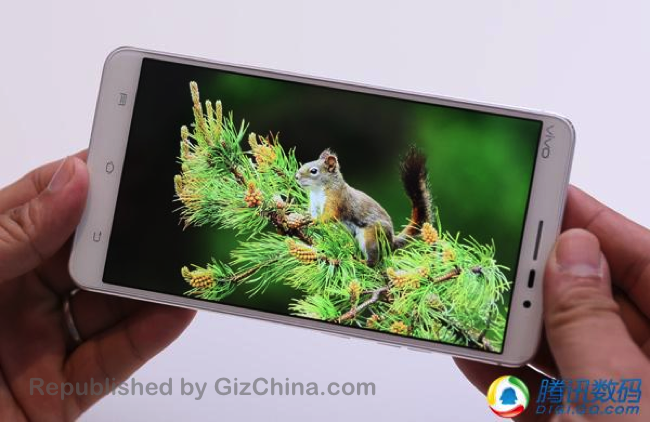
Once we get our hands on the Vivo Xplay 3S for ourselves we will make a complete review with our own opinions about this highly advanced smartphone. In the meantime are you interested in purchasing the Vivo Xplay 3S or are you more concerned about the Oppo Find 7?
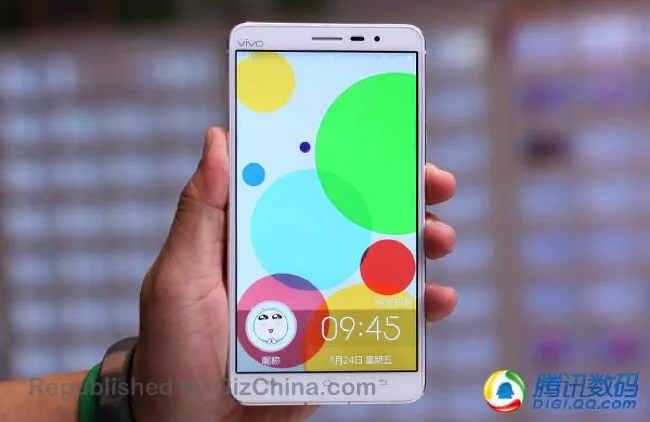











Place comments
0 Comments
You are currently seeing only the comments you are notified about, if you want to see all comments from this post, click the button below.
Show all comments